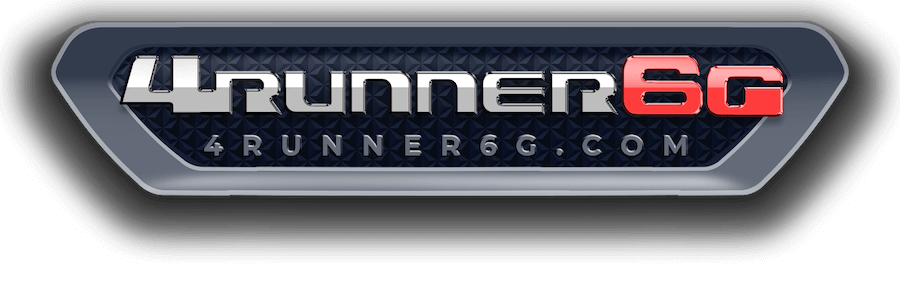- Thread starter
- #16
only o-scope i have used. It's $100 on amazon. I use a meter everyday for work for dc ac work.I really appreciate you taking the time and trouble to make this measurement. It relieves my mind a lot to know that the inverter is producing clean power. How do you like that instrument compared with others? I'd love to get a O-scope but for my occasional needs I can't justify the cost.
Sponsored

